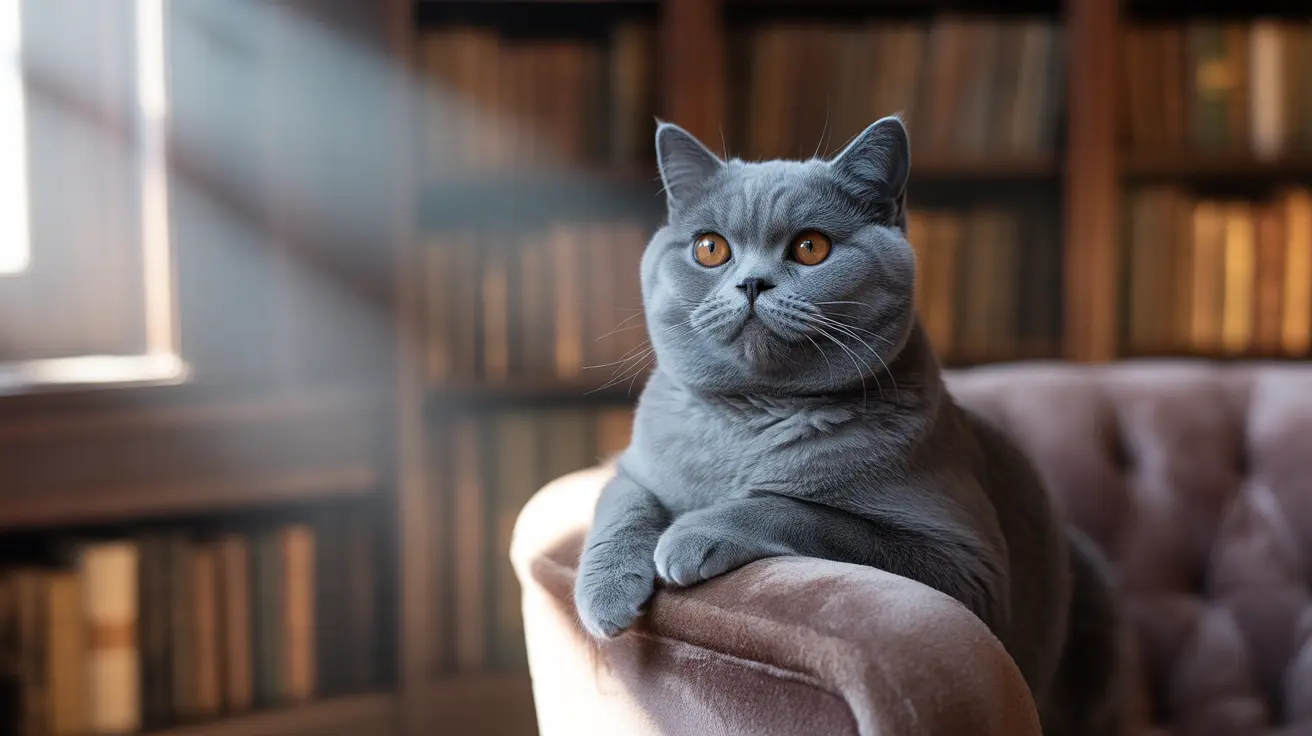Determining a cat's gender through facial features can be an intriguing yet subtle art. While not as definitive as examining their anatomy, understanding facial differences between male and female cats can provide helpful clues about their sex. This comprehensive guide will explore the distinctive facial characteristics that often differentiate male and female cats, along with important considerations about accuracy and reliability.
Whether you're a cat owner, rescue worker, or simply curious about feline biology, learning to recognize gender-specific facial traits can be both fascinating and practical. However, it's crucial to understand that these visual indicators are most reliable in adult, unneutered cats and should never replace professional veterinary examination for definitive gender determination.
Male Cat Facial Characteristics
Male cats, particularly unneutered ones, often display distinct facial features shaped by testosterone. The most noticeable characteristics include:
Head Structure and Size
Male cats typically develop broader, more angular heads with a distinctly "blocky" appearance. This masculine feature becomes more pronounced in intact adult males due to testosterone's influence on bone and muscle development.
Distinctive Cheek Pads
Perhaps the most telling feature of male cats is their prominent "tomcat cheeks." These enlarged jowls and puffy cheek pads serve as protective padding during territorial disputes and are particularly noticeable in unneutered males.
Female Cat Facial Features
Female cats generally exhibit more delicate facial features compared to their male counterparts:
Head Shape and Proportions
Female cats typically have smaller, more triangular faces with gentler contours. Their overall facial structure appears more refined and proportionate.
Facial Contours
Unlike males, females have less pronounced cheekbones and whisker pads. Their faces tend to have smoother lines and more subtle features overall.
Important Considerations for Gender Identification
Age and Development
Facial gender differences become most apparent after sexual maturity. In kittens and young cats, these distinctions are usually minimal or absent, making facial gender identification less reliable.
Breed Variations
Certain cat breeds may have distinctive facial features that override typical gender characteristics. For example, Persian cats and other brachycephalic breeds can show less obvious gender-based facial differences.
Impact of Neutering
Early neutering can significantly affect the development of male facial characteristics, making gender identification by face more challenging in altered cats.
Additional Visual Clues
Coat Patterns and Colors
While not strictly facial features, certain coat patterns can provide strong hints about a cat's gender. Tortoiseshell and calico patterns are almost exclusively found in female cats due to genetic factors, while orange tabbies are more commonly male.
Frequently Asked Questions
How can I tell if my cat is male or female by looking at its face?
Look for broader, more angular heads and prominent cheek pads in males, while females typically have smaller, more delicate, triangular faces. However, these differences are most noticeable in unneutered adult cats.
What specific facial features distinguish a male cat from a female cat?
Male cats often have larger heads, pronounced jowls ("tomcat cheeks"), and broader whisker pads. Female cats typically show more delicate features with smaller, triangular faces and less prominent cheek pads.
Does a cat's age or breed affect how easily I can identify its gender by face?
Yes, significantly. Facial gender differences are most visible in adult cats and may be minimal in kittens. Certain breeds may also have distinctive facial features that mask typical gender characteristics.
Can coat color patterns like tortoiseshell or calico help determine a cat's gender?
Yes, tortoiseshell and calico patterns are almost exclusively found in female cats due to genetic factors. However, this should be used as a supplementary indicator rather than the sole determining factor.
Why is examining a cat's genitals more reliable than using facial features to determine gender?
Anatomical examination provides direct, biological evidence of a cat's sex, while facial features can be influenced by various factors including age, breed, and neutering status, making them less reliable indicators.
Remember, while facial features can provide helpful hints about a cat's gender, consulting a veterinarian remains the most reliable method for definitive gender determination, especially for important decisions regarding medical care or breeding.






